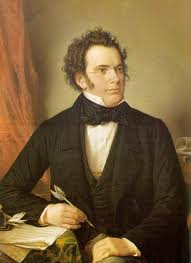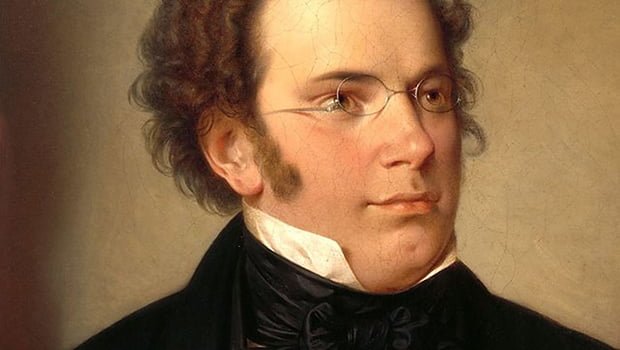The History of Symphony No. 9 by Franz Schubert: “The Great”
Franz Schubert’s Symphony No. 9 in C major, D. 944, often nicknamed “The Great”, stands as one of the most monumental achievements in the history of classical music. Composed during the final years of his life, this symphony showcases the full maturity of Schubert’s musical genius and marks a turning point in the symphonic tradition of the 19th century.
A Late Masterpiece
Schubert composed Symphony No. 9 around 1825–1826, although the precise date is still debated by scholars. At this time, the composer was in his late twenties and already battling poor health. Despite this, he was at the peak of his creative powers, producing works of remarkable depth and innovation.
The symphony was never performed publicly during Schubert’s lifetime. He sent the score to the Gesellschaft der Musikfreunde (Society of the Friends of Music) in Vienna, who acknowledged its brilliance but found it too demanding to be performed. For many years, the manuscript remained virtually forgotten.
Rediscovery by Robert Schumann
The revival of this symphony is one of the most fascinating stories in music history. In 1838, Robert Schumann discovered the manuscript while visiting Schubert’s brother, Ferdinand. Deeply impressed by the work’s grandeur and emotional range, Schumann sent it to Felix Mendelssohn, then conductor of the Leipzig Gewandhaus Orchestra.
Thanks to Mendelssohn’s enthusiasm, Symphony No. 9 received its first known public performance in Leipzig in 1839, more than a decade after Schubert’s death. The premiere stunned the audience and introduced the world to a symphony of astonishing breadth and lyricism.
“The Great” – A Title of Distinction
The subtitle “The Great” was not Schubert’s own, but was added later to distinguish this symphony from his earlier Symphony No. 6 in C major, which became known as “The Little C major.” But beyond a mere categorization, the name reflects the symphony’s epic scale, expressive richness, and lasting influence on Romantic composers.
Clocking in at nearly an hour, Symphony No. 9 was unusually long for its time. Its four movements are built on expansive melodic development and intricate harmonic progressions. The famous description of its “heavenly length” by Schumann captured both its ambition and its lyrical beauty.
Structure and Musical Features
- I. Andante – Allegro ma non troppo: The symphony opens with a majestic horn theme, leading into a vigorous and rhythmically dynamic Allegro.
- II. Andante con moto: This movement features a gentle, haunting melody with poignant harmonies and subtle orchestral color.
- III. Scherzo: Allegro vivace: A lively and energetic movement full of contrasting moods, with a lyrical trio section.
- IV. Finale: Allegro vivace: The symphony concludes with a powerful and exhilarating finale, full of drive and structural brilliance.
Throughout the work, Schubert integrates lyricism with symphonic development, foreshadowing the innovations of later composers such as Bruckner and Mahler.
Legacy and Influence
Schubert’s Symphony No. 9 is now considered a masterpiece of the early Romantic era. It broke new ground with its expansive architecture and emotional depth, influencing generations of composers. What Beethoven did with rhythmic propulsion and dramatic tension, Schubert matched with melodic breadth and harmonic sophistication.
Today, “The Great” is performed frequently by orchestras around the world and remains a testament to Schubert’s genius—a symphony that bridges Classical clarity and Romantic expressiveness.


Comments are closed